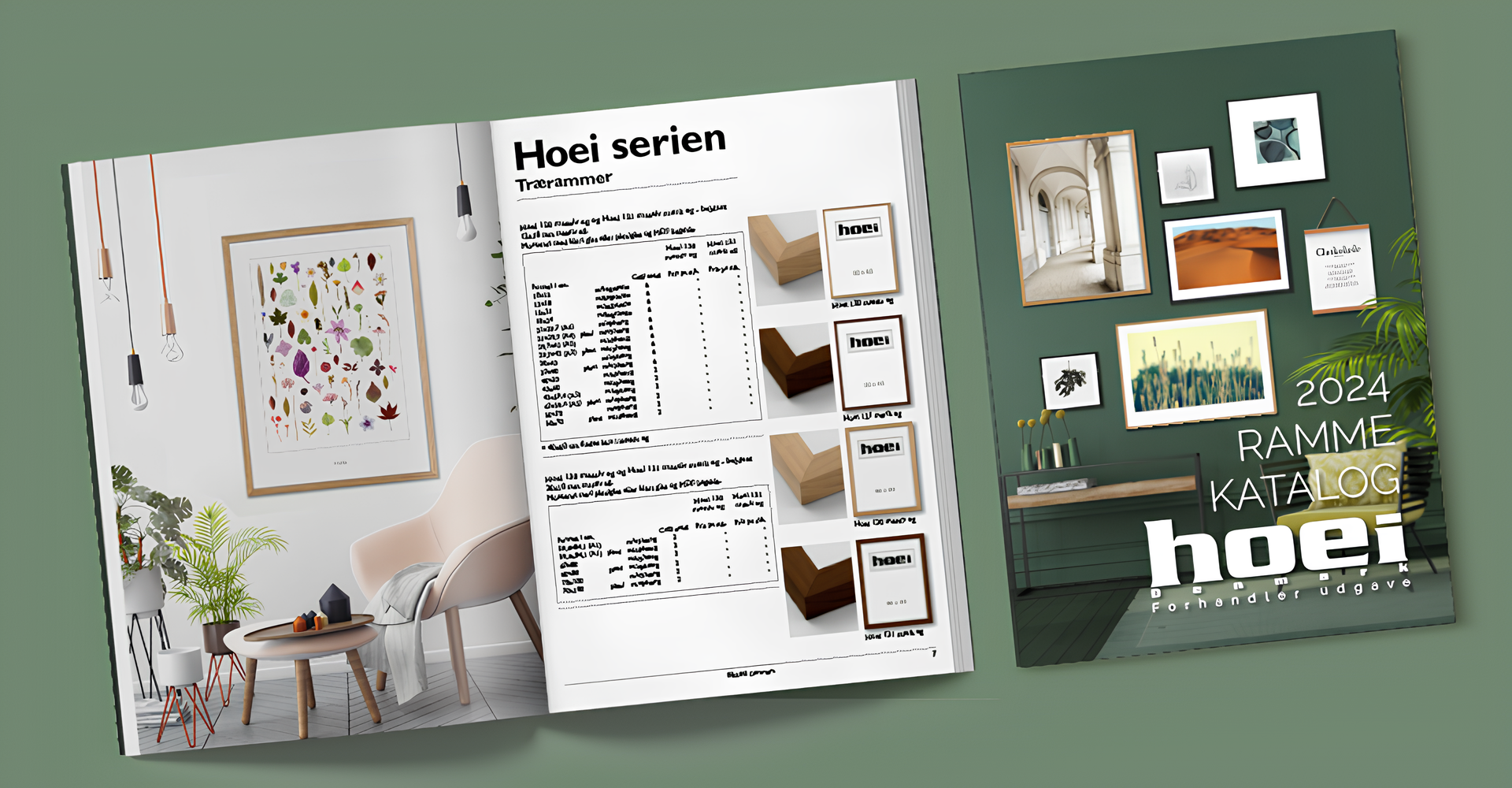Variable data printing is one of the hottest trends in printing and a perfect representation of industry evolution. This technology allows you to print personalized printed products by inserting variable text or image fields for each individual piece.
VDP is an example of how new technologies and customer needs are intertwined with global economic changes. While printers have been familiar with this technology for some time, online VDP tools are still relatively new to the market. At the same time, the main aspects of implementing a VDP workflow have crystallized. In this article, we will take a look at the current applications of online VDP software as well as the main drivers and challenges printers face when implementing online VDP modules.
What kind of products are benefiting from VDP
Variable data printing modules are currently being utilized in three main applications:
- Direct mail (including both bulk and triggered personalized mail pieces
- PVC printing (badges, loyalty/gift cards, ID, etc.
- Personalized packaging
Direct mail remains the most popular category for VDP applications and is one of the fastest growing product categories on the printing market today. That growth is most likely the main driver for online VDP adoption.
PVC printing was one of the original applications for variable data printing and continues to be in high demand.
Personalized packaging is comparatively new, but has been quickly gaining traction among online stores, local businesses, subscription box services, and other niches that previously found personalized packaging cost-prohibitive.
The drivers behind the adoption of online VDP tools
The VDP publishing market has generally piggybacked off of ongoing innovations in the digital printing market as well as the shifting marketing strategies of B2B clients. Businesses are always seeking out new opportunities to engage with their audiences and increase the ROI of their marketing campaigns. Many of the latest trends, such as the personalization trend, are a product of the unlikely marriage of traditional and digital marketing. Promotional materials rank as the most desirable and profitable print jobs, and changes in marketing strategies have a direct impact on what businesses want to print.
Of course, VDP publishing’s overall usability also influences its adoption rate. Marketing managers have become accustomed to self-service marketing tools and desire a similar level of convenience when ordering printed marketing materials. Both small and medium businesses prefer an online ordering workflow.
In addition to these trends, the VDP market is undergoing many of the same transformations as the greater publishing market. As prepress continues to be concentrated online, the ordering process is being automated to boost profitability while reducing processing time. All of these factors are catalysts for the VDP market’s growth well into the future.
How VDP software is evolving
We can see the continued development of VDP software in three main areas:
- The type of variable fields that are available to edit
- How customers work with data
- The online ordering workflow
Customers want the freedom to edit virtually every element of the initial template design. It’s now possible for them to edit text images, backgrounds, QR/barcodes, and several other design elements. Customer access to an online design editor changes the game for design personalization and opens up nearly limitless possibilities for clients.
The way customers handle their variable data also contributes to further VDP innovations. They have the option to either upload and edit variable data, or connect their own data source. Clients increasingly expect to be able to carry out these functions online as well as create and edit their designs within their web browser. This trend has spread throughout the publishing business over the last several years and is finally reaching the VDP market.
Another recent development in VDP technology is the online ordering workflow. Although many desktop VDP applications don’t really function as web-to-print solutions, the two are increasingly more integrated and functional. These integrations make a VDP online ordering workflow more attainable for print service providers.
What makes an online workflow implementation successful
As with any new technology, printers are hoping that VDP software can address a few key issues. The first problem that any business owner with an online storefront wants to solve is increasing conversion rates. Integrating VDP software should improve usability by allowing customers to use design templates from desktop publishing software. This is a very appealing option for customers who don’t have the resources to design their own promo materials from scratch. Adding a WYSIWYG editor is a must for helping customers to easily create their VDP products online.
Variable data processing is another important feature that determines how customers upload or connect their data sources. This also allows customers to preview their design online so they can identify and correct possible errors before printing. Another desirable feature of VDP software is generating print-ready files and automatically imposing them to cut down on order processing time.
Even if VDP software can address these issues, it must also be worthwhile. One of the main priorities for print providers is ensuring that the software can be integrated into their existing business and production workflows as painlessly as possible. The full solution, including e-commerce systems and MIS for automating print job fulfillment, should ideally solve the above tasks without negatively impacting current operations.


